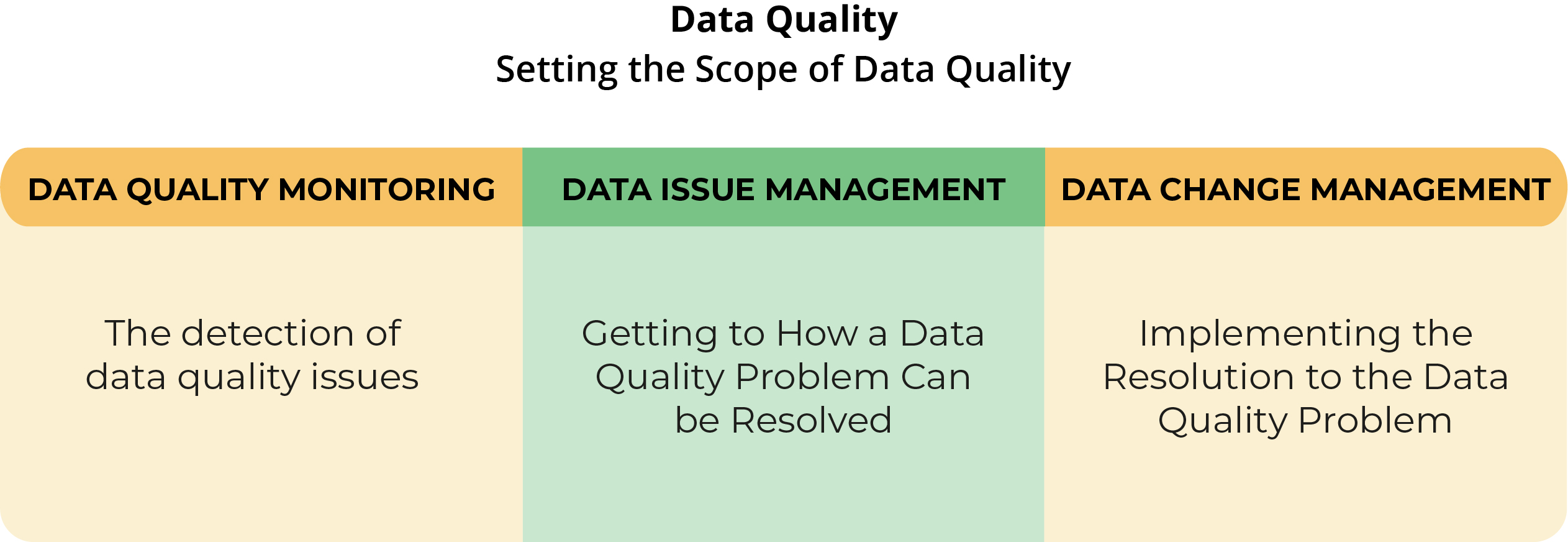Data can sometimes just be wrong, but sometimes it can be correct but not useful for a particular use case. This means that Data Quality is sometimes objective and sometimes subjective, which can be very confusing for organizations. We provide training in Data Quality Literacy which helps data users understand the basic Data Quality terminology and concepts.
This training is also important for staff engaged in creating data, as many Data Quality issues can be prevented at input time. However, these staff are often pushed to meet quantity and timeliness goals, rather than quality goals. Also, with improved Data Quality Literacy the elimination of root causes that lie in the areas of people and processes becomes easier.





